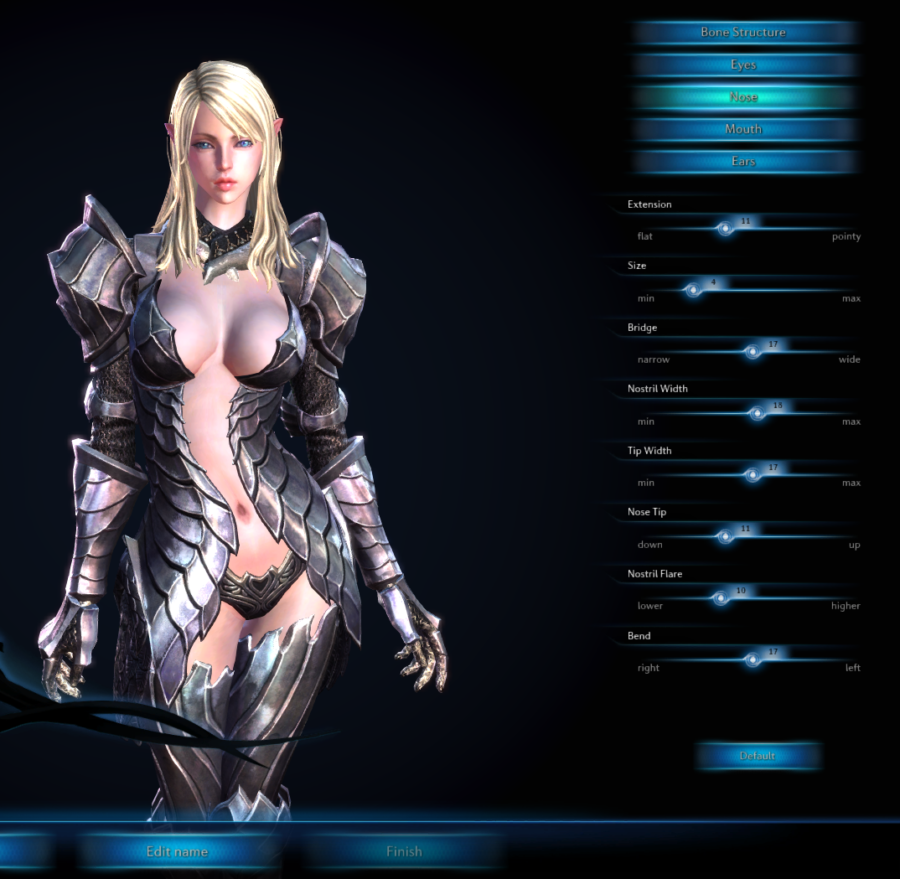Thank you Mario, but our independent female character is in another game.
Video games have been an integral part of American culture for nearly 50 years and young girls have been enjoying them just as much as their boy counterparts.
According to a 2013 Entertainment Software Association study 48 percent of gamers were women. Despite this simple fact, game designers systematically neglect almost half their player base with characters they create.
In 1975, “Gun Fight” was the first video game to feature humanoid characters, all of them appearing as male. This was the beginning of a long legacy of female absence in the video game mediasphere. A prominent early game continuing this trend was “Super Mario Bros,” the first ever game to feature a primary objective involving a man saving a woman over and over again. Granted, this trope was one in existence for centuries in folklore and mythology but the video game industry had a unique opportunity to modernize the way we tell stories and miserably failed.
For years Nintendo, the production company of Mario and many other classic games, has released title after title depicting male leads saving the day and rescuing a feeble princess. To be fair Nintendo and other game companies made many attempts to stem this patriarchal tendency with titles like “Metroid” (1986) and “Tomb Raider” (1996), but these titles were still fundamentally flawed. “Metroid” featured an Easter egg, a hidden secret within the game that allowed players to strip the main character of her protective armor and clothing during the end credits of the game. Tomb Raider also featured a female lead but one with ridiculously proportioned gigantic pixelated breasts that could, frankly, put an eye out when rendered in three dimensions.
Decades later we have a landscape of games spanning the spectrum from penis parades like the Call of Duty franchise to the empowered female characters of “Mirror’s Edge” or “Portal.” We even see game franchises evolve; in “Super Mario Advance” (2001) designers added Princess Peach as a playable character, allowing her to defeat her own enemies. Most recently we see “Tomb Raider” (2013), a reboot of the series exploring the origins of Lara Croft’s grave-robbing antics. This reboot still shows Croft as a feminine and busty young woman but this only serves to contrast her sheer badassery.
Since the advent of home video games, via console and later PC, one of the most popular and diverse genres has been RPGs or role-playing games. These are video games that enable you to control and shape your hero to your heart’s content. Sometimes these manifest as fantasy RPGs where you can create mighty knights, agile thieves and mysterious sorcerers; color their hair, pick their clothes, even change the size and shapes of minute facial features such as cheekbone size and chin width. Other games limit choices to which path to take or which monsters to tame or battle alongside. The most important aspect of many of these RPGs is the choice of gender and often this choice has no major effect in the video game itself, allowing people to express themselves and not have others judge them for it — an experience all too rare in reality.
But there are still a number of game companies managing to find a way to oppress women despite this apparent expressive freedom. “World of Warcraft” (2004) and “Tera” (2011) are two RPGs infamous for letting you choose a gender to play as, but display armor as more or less a metal bikini for female characters. This entire concept is simply illogical. Why go through the trouble of programming your game to have female characters when no self-respecting female would ever want to play as them?
There are, however, shining exceptions among the muck. The Dark Souls series not only empowers players to choose a gender but the advanced settings of character creation allow you to adjust a feminine/masculine bar to make your character as androgynous as you want. Pokémon video games allow players to play as male or female with absolutely no difference in how the game progresses.
The future of video games is a blank slate. The typical industry model seems to favor patriarchy; the weak woman is in trouble and the strong man must save her. But modern game designers are challenging this model every day. If this trend of defiance continues, the future of video games may be bright indeed.





Beholder22 • Apr 8, 2016 at 9:22 pm
Frankly, people who talk about “oppresive” to refering at skimpy armor on MMO are just hipocritycal. They actually never played those games, and above all, they never had the same measurement when they speak of they beloved FPS which also contain female aggression like Gears of War or Bioshock. I played TERA and can say: “if you play whit fanservice porpouses you are screwed”. Stats on these kind of games are locked to gender and race. Furthermore, you can actually modify the appearence of your armor if its bother you. Like in real life if you are a muscular guy whit a very protective armor you get easier game experience than the others.